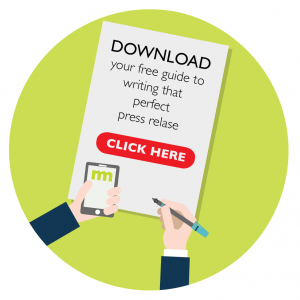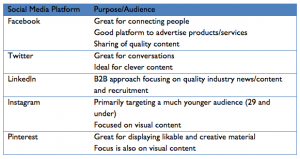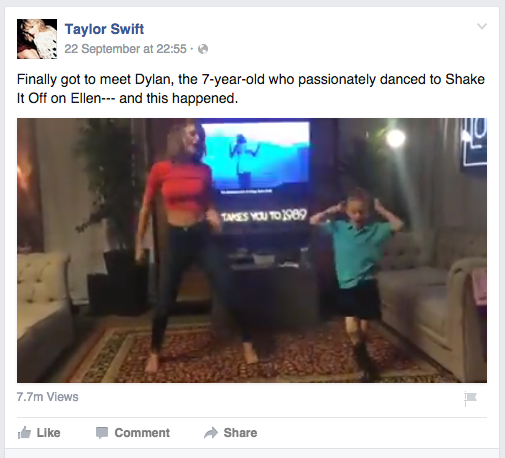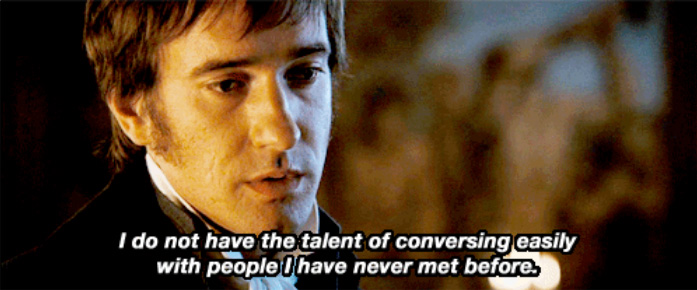Media pitching takes tact and research. It’s a means to much of what the public sees today, whether it’s a published news story, a successful media event or the general hype surrounding a brand or product.
Securing a media placement can be the best feeling in the world, but here’s what happens along the way that no one will tell you about:
Journalists want to know how you can help them
Not the other way around. When pitching a story make sure you tell the journalist how your product or service can benefit their readers. With multiple editorial deadlines looming above their heads, journalists are no-nonsense individuals.
To make things easier for both of you, avoid engaging in too much small talk when you’re on the phone. Cut to the chase on what you have to offer.
Don’t pitch between 9 and 11am
You’ve got a piece of news you’re so excited about and you just want to pitch it over the phone first thing in the morning. But guess what? The newsrooms are the busiest in the morning, as editors and journalists come together and work hard to gather all the news to be published or broadcasted.
This also means that no one’s going to be available to pick up your call – for a couple of hours at least.
The trick to get around this is to drop a pitch email early enough in the morning, so journalists can pick the story up and bring it into the newsroom. Who knows this could even mean your story gets picked up without much pitching or following up!
Skip the pitch on a Friday
Like you and I, journalists wrap up for their week on Fridays, getting themselves ready to wind down for the weekend. Even if it’s just a pitch email, a seasoned PR pro will know to stay clear of Fridays.
Unless it’s breaking news, the probability of journalists looking into your pitch is almost non-existent. By Monday, your pitch would have been drowned out by hundreds of other fresh pitches for the week.
Pitch at your own risk!
A friend on the inside helps
Cultivating a healthy friendship with a member of the media can help with achieving far greater results in a shorter amount of time – think picking up the phone and sharing a story with a friend.
When you’ve established that relationship, your media friend will be more open about sharing with you the reasons your pitch wasn’t picked up, or even what they’re looking for to supplement their stories.
Do however be mindful that not every journalist is comfortable or open to becoming your best buddy. Respect their boundaries when the time comes and remain professional.
Tailor your pitches like an Armani suit
Before picking up the phone, write down the name of the journalist, their title, their beat, the publication, and your angle.
The secret formula to landing a news story is to never get started without any prior research about whom you’re calling. By research, I mean reading up about the journalist you’re pitching to, learning more about what they write about, and what they’ve just written about.
Grow thicker skin
Rejection can be a tough pill to swallow, but it’s nothing personal. There are a number of reasons why you got turned down: The angle doesn’t fit with the editorial brand or audience, it had already been covered, or there is just no sellable angle.
At the end of the day, this will all mould you into the toughest PR pro who can remain unfazed in face of rejection. Don’t be dejected, pick up the phone and keep dialing.
Need advice on pitching your next big story?
Get in touch with us at [email protected] for help with your next pitch!











